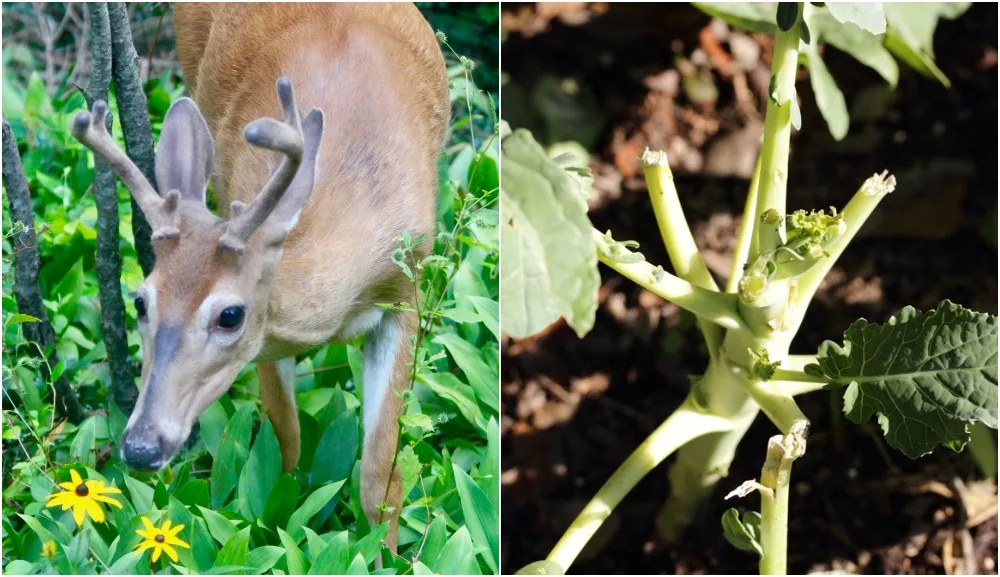
Living right in the middle of Pennsylvania State Game Lands meant I would often enjoy my morning cup of coffee while watching a family of deer drinking water from the pond at the bottom of the yard.
I don’t know how many speckled fawns I watched chasing each other across our yard, and later that year, see they had turned into sturdy bucks.
In late fall, when hunting season arrived, I would admonish them all to stick close to the house.
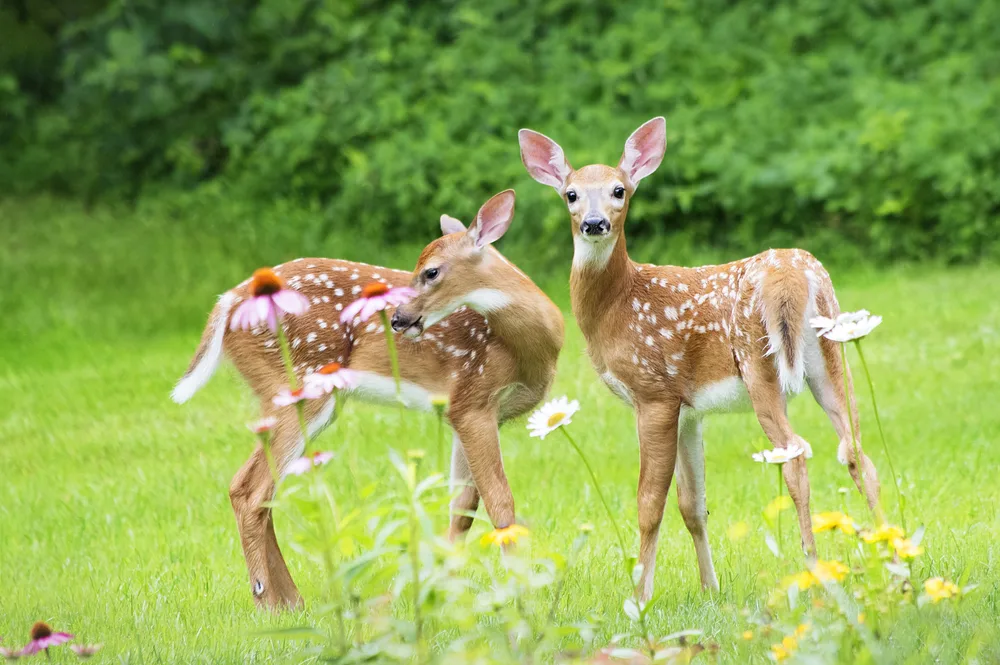
But when it was time to put in the garden, their cuteness wore off real fast.
As anyone who lives where deer are prevalent will tell you, keeping the buggers out of your garden and flower beds is a job unto itself.
There is nothing more infuriating than coming out to your garden and finding green nubs where your healthy plants used to be. It’s enough to make you want to get a hunting license and make room in the freezer.
Thankfully, we two-legged critters have become pretty resourceful when it comes to keeping four-legged critters out of our gardens.
From simple solutions using everyday household items, to more permanent fixes, right on up to high-tech gadgets, I’ve got several ways to help you keep Bambi and his pals away from your vegetables.
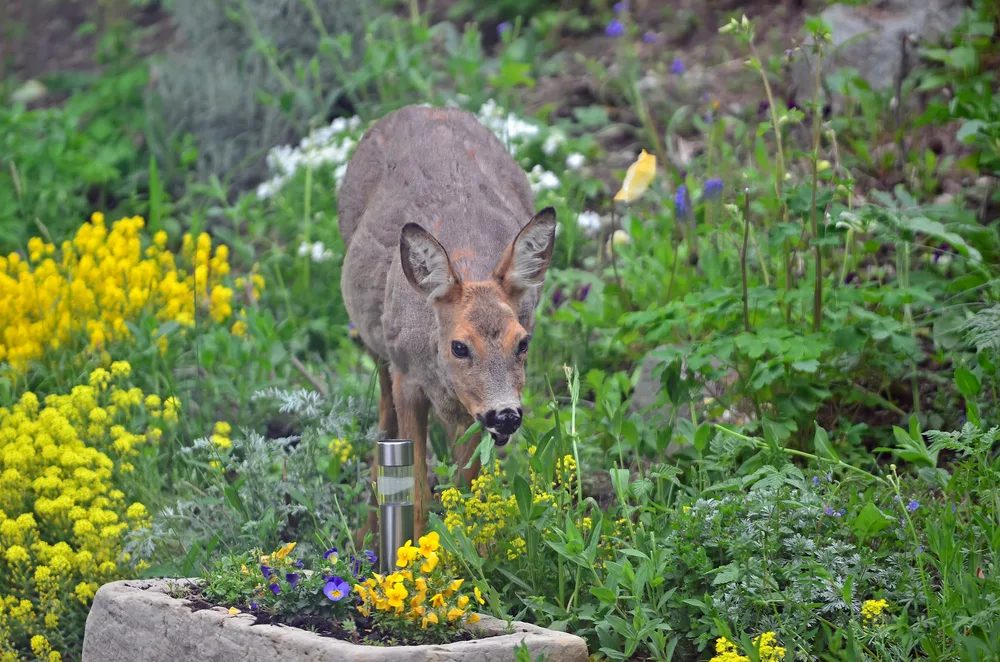
And at the end, I’ll even share with you my dad’s surefire way of keeping deer out of his garden. He stumbled upon this solution by accident one summer and has used it successfully every year since.
I’ll start with how I dealt with the furry onslaught of nibblers every year.
Living in the woods, I had more than just deer to deal with; rabbits, woodchucks, and even the occasional bear were frequent visitors. One summer, I had a black bear who thought the hummingbird feeder on my porch was his personal drinking fountain.
1. Put Up a Fence
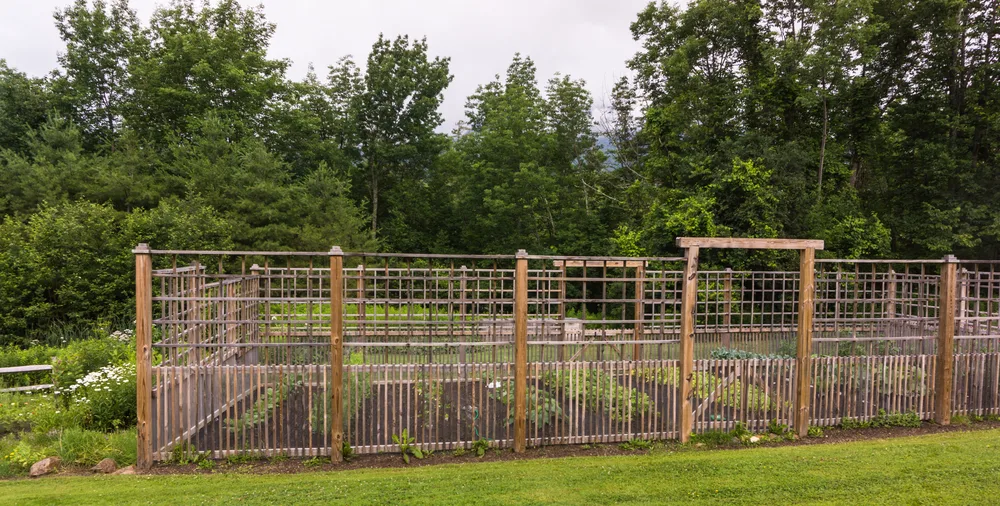
The easiest and the best solution I found to keep my garden intact was to put up a fence. Something permanent is going to be your best bet. However, my partner’s only request was that I come up with something that could come down in the fall. So, I invested in some metal stakes and several tall rolls of wire fencing.
Each spring, once the garden was tilled, I would pound the stakes into the ground, about 4’ apart, and then zip-tie the wire fencing to the stakes. I would leave a little makeshift gate at one corner. This worked exceptionally well.
I did two things that were key to my temporary fencing success. I made sure the fence was at least 3’ high to prevent deer from jumping the fence. I also left a 2’ perimeter of lawn around the garden inside the fence to keep it out of reach from long necks. This made a great path inside for working in the garden, and the grass was easy enough to manage with the occasional pass of the weed trimmer.
At the end of the growing season, I simply pulled up my stakes and rolled up the wire to be stored for the winter.
I know that putting up a fence isn’t always practical, but it certainly does the trick.
If fencing doesn’t work for you, read on for more ideas.
Deer are pretty skittish animals. They are prey to many and predator to none (except your garden). So, you can use this to your advantage to keep them at bay.
The thing to remember when dealing with deer is to switch it up. What seems to get them to respond is the unexpected. But if relied on too often, deer will adapt to whatever noises or tricks we have cooked up to scare them away.
2. Plant Heavily Scented Herbs and Flowers
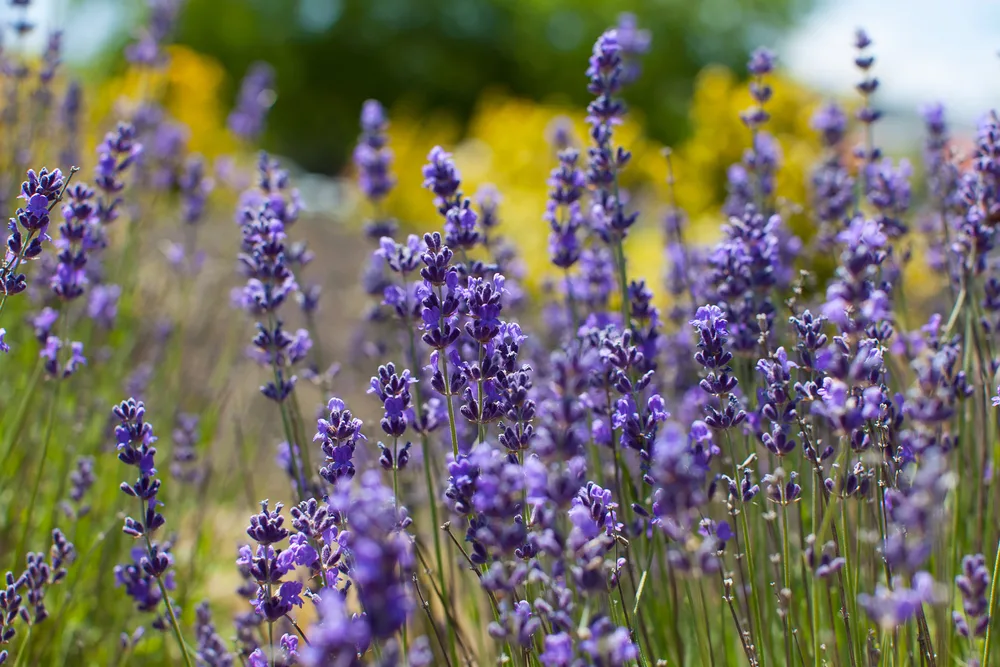
Herbs like lavender, chives, mint, and marigold are all great options.
These pungent plants work in two ways. Deer will avoid walking through heavily scented plants, as they pick up the smell on their fur and are more noticeable. Not what you want when you are prey wandering around the woods.
Scents like lavender and mint in the air also mask the smell of delicious vegetables coming from your garden.
While you don’t need a perimeter fence made entirely of lavender, it’s still a good idea to put a few of these more noticeably scented plants around the edges of your garden and property. And there are so many things you can do with lavender, having a few extra plants is always a good idea.
3. $5 Invisible Fence
Because they are prey, deer have eyes on the sides of their heads. This allows them to have a wider field of vision. They are very good at picking up movement in their peripherals. However, their eye placement means they have a harder time with depth perception. Here is where good ol’ fishing line comes in.
Pick up a roll of the cheap stuff; you want about 10-15 lb test. (Test is simply the measurement used for how much force it takes to break the line.) Using stakes placed around your garden, line the perimeter with the fishing line. You’ll want to do at least two different heights. If you have small pets, make sure the first line around the perimeter is high enough up the stake so that they can pass under it without getting caught.
The deer will brush up against the fishing line fence, and because of their vision, they can’t tell what is stopping them. Having something they can’t see brush up against them is usually enough to spook them and send them running back into the woods.
4. Cat Food Burglar Alarm
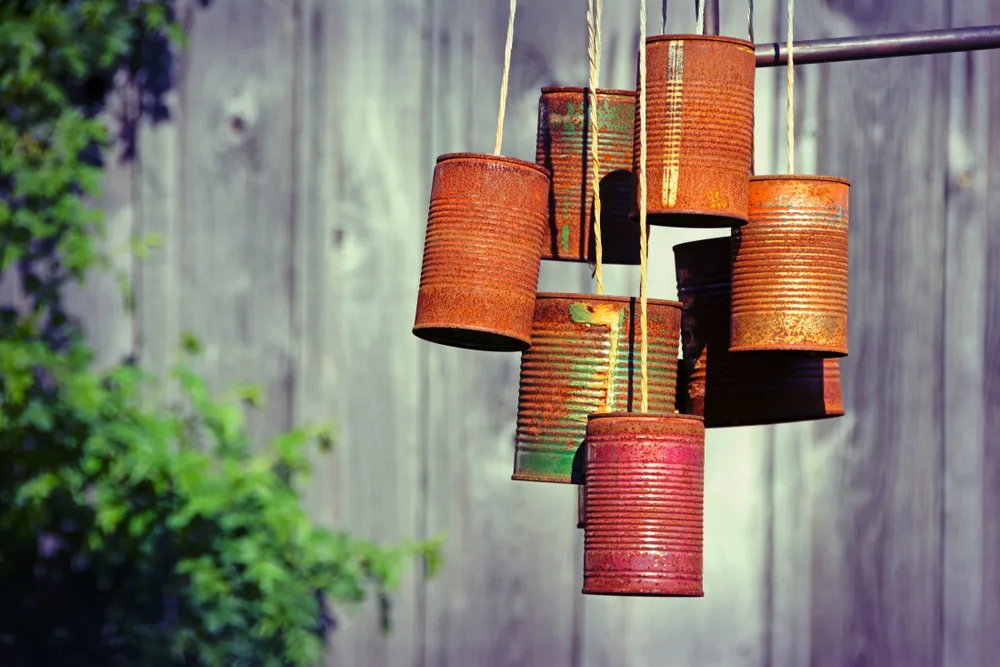
If you want to get creative, string a few tin cans together and hang them off the fishing line. When the deer bumps the monofilament, the cans will make noise sending Bambi fleeing into the night.
5. Windchimes
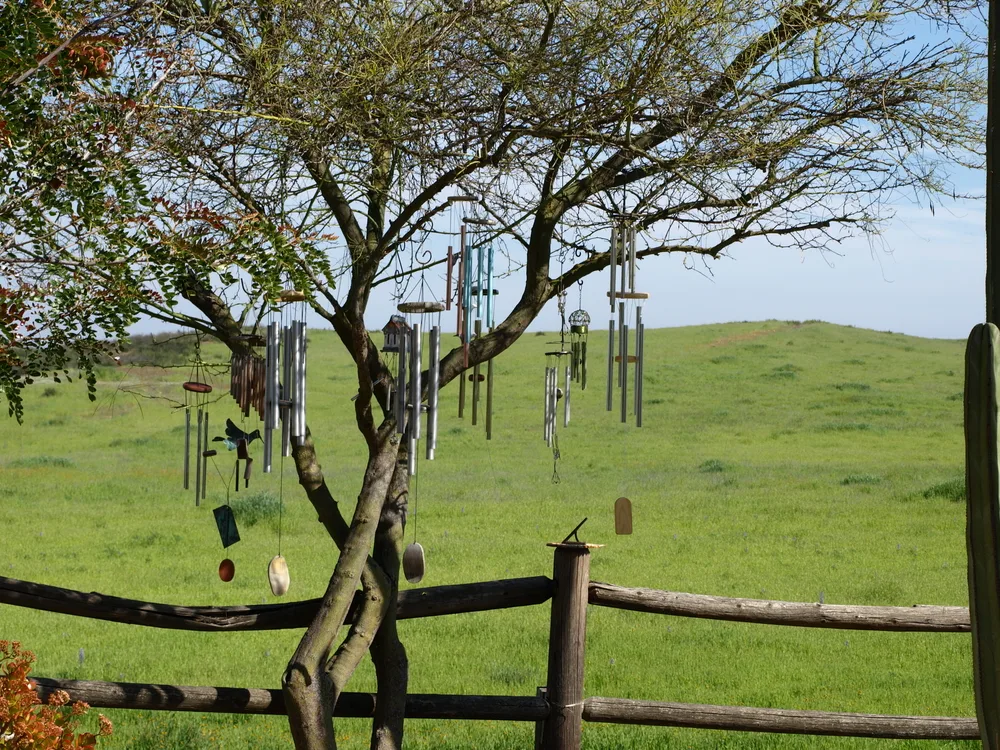
To keep fruit trees safe, hang a few different sizes of wind chimes from the branches. Use metal as well as wooden chimes to create different sounds.
Remember, you have to keep them guessing. Once the deer get used to a sound, the effect will wear off. You can also tie balloons on strings from the branches. The wind will cause the balloons to move eerily in the trees.
6. Switch It Up

Rearrange your lawn ornaments from time to time. Deer are highly suspicious of anything new. New sounds, new smells, even new objects usually have them bounding back into the shelter of the woods.
Consider playing musical chairs with your garden gnomes. Place a pink flamingo or two at the edge of your garden. Make up a couple of scarecrows and move them around once a month. Anything out of the ordinary will set deer on edge.
7. Shiny and Flashy
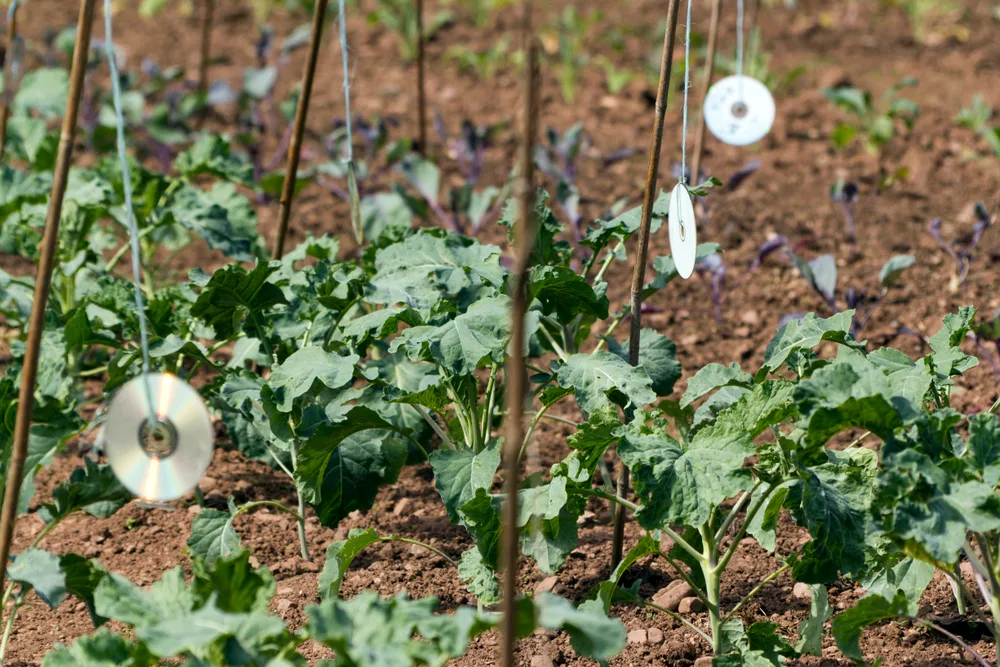
Hang strings of old CDs from tree branches or along fishing line around the perimeter of your garden. The noise of them banging together and flashes of light will keep deer away. Aluminum pie tins also work well.
My grandmother used to hang three disposable pie tins strung together, from the corner of each fence post in her garden. You can even purchase shiny metallic streamers to hang in your yard and trees. The wind and the sun create movement and flashes of light, which deter not only deer but birds too.
8. Watch Your Step
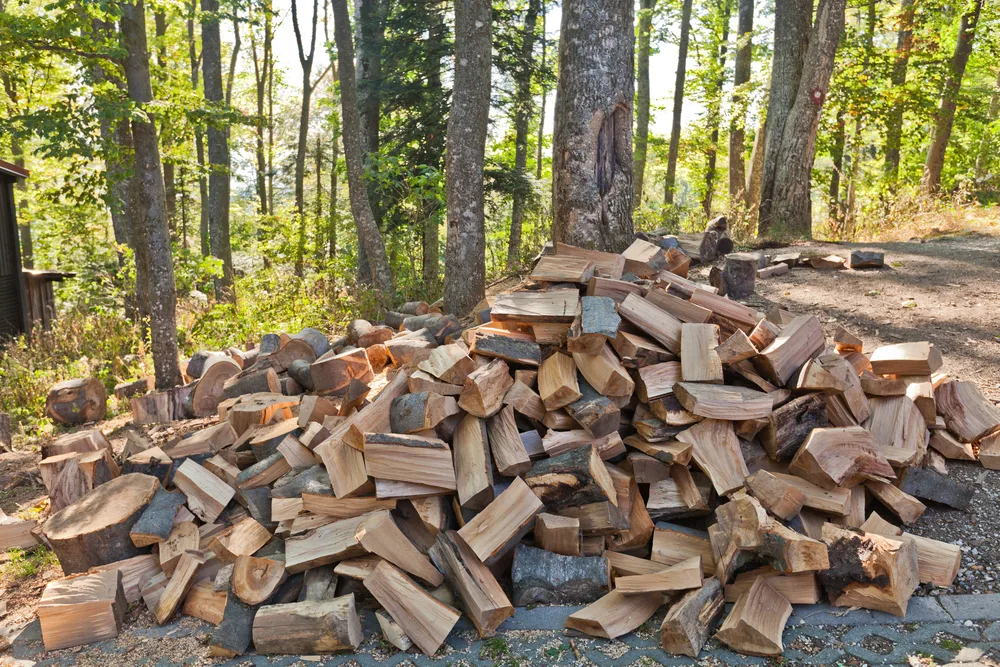
Keep deer from setting foot on your property with an obstacle course. Deer look incredibly graceful bounding across a meadow, but they aren’t very good climbers. They will avoid steep slopes and hills in favor of flat areas.
Stack your firewood in piles around areas where deer enter your property. Keep containers with plants and flowers upon your deck as deer are unlikely to try to climb up to reach them.
9. A Smelly Solution
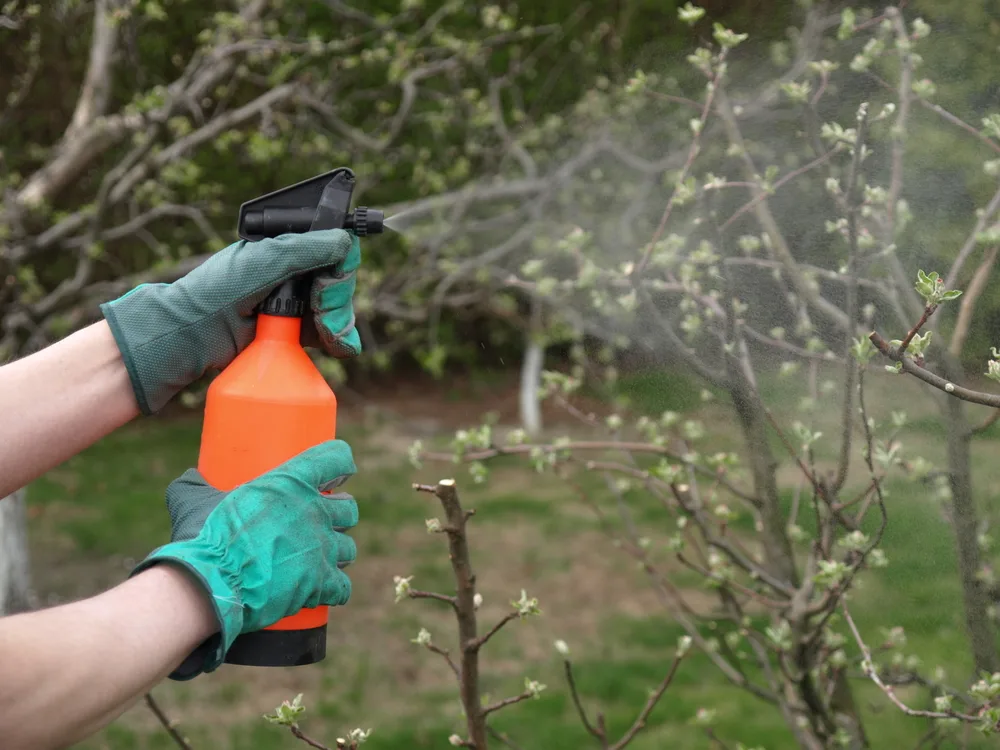
Like many animals who are prey, deer have a keen sense of smell. Make their trip to your yard an unpleasant one by scenting their favorite plants with something smelly.
There are a number of recipes for stinky concoctions to spray or paint plants with that keep deer away. And while most of these are harmless, I wouldn’t put them on plants you intend to eat. I don’t think I’d want to eat a cucumber that’s been sprayed with a mixture of cayenne pepper and rotten eggs.
Most of these recipes call for a mixture of milk, raw eggs, garlic powder, and cayenne pepper mixed with a gallon of water then left outside to get funky.
The resulting ‘brew’ is then painted or sprayed on plants you want to keep the deer away from. Here’s a ‘good’ recipe for homemade deer repellent.
10. Super Soaker
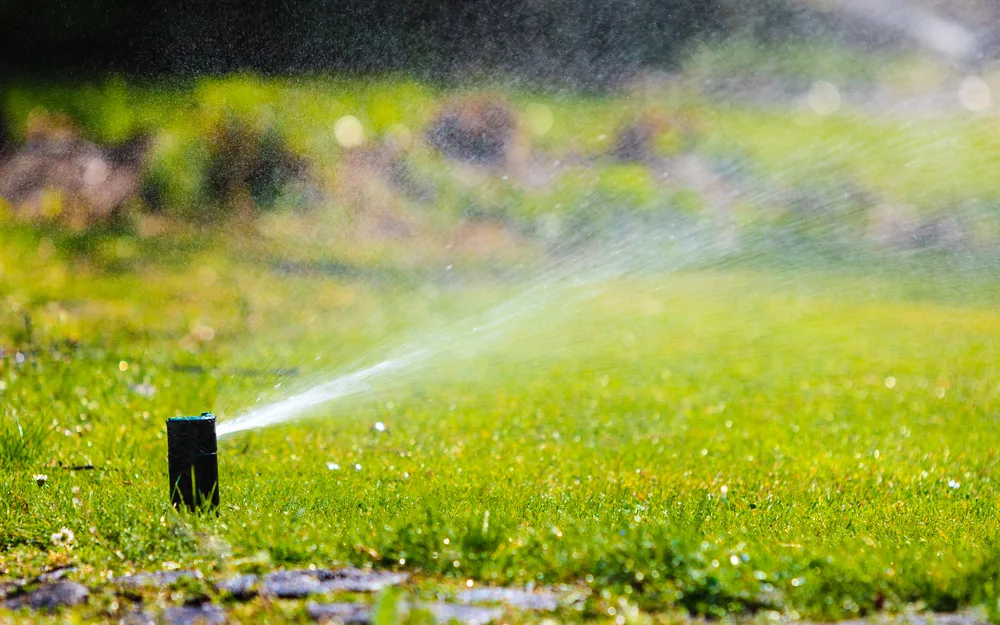
You can also try a professional deer repellent like TOMCAT Deer Repellent. Just remember to switch up what you use occasionally, to keep the deer on their toes.
A more entertaining option would be to install a motion-activated sprinkler or ‘blaster’ or two around the garden. These are often solar-powered and give deer a watery surprise when they get too close. They might even keep pesky neighbors at bay, depending on where you set them up.
As you can see, when it comes to deer, variety and switching up your tactics are critical to keeping these large vegetable thieves out of your garden. And while some of these solutions are only temporary, most will work long enough to get you through the growing season.
And of course, there is always my dad’s tactic.
11. If You Can’t Beat ‘Em, Join ‘Em
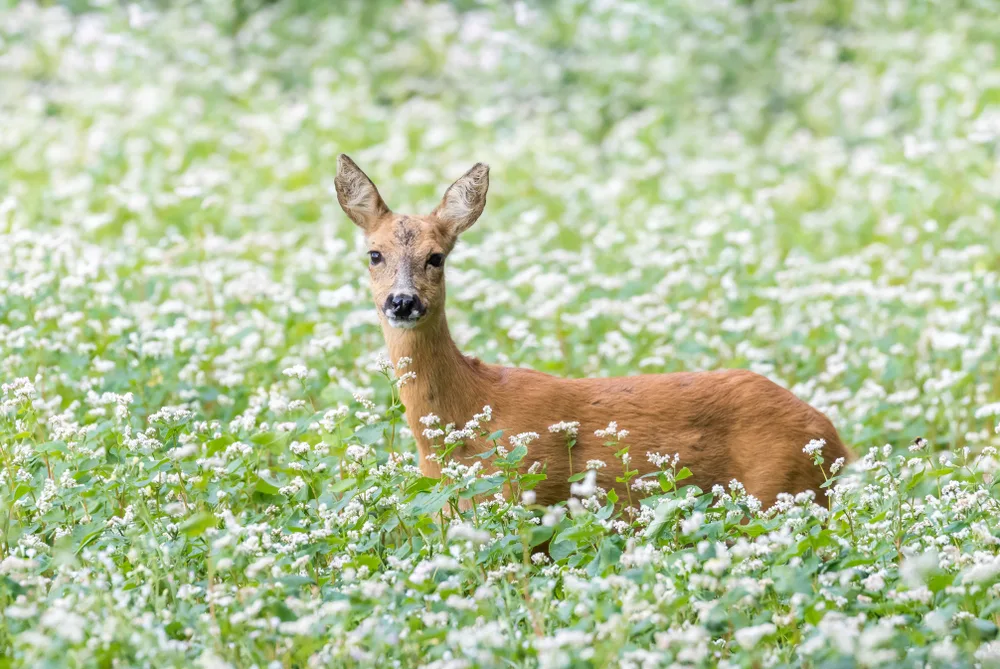
My dad always made buckwheat pancakes when I was a kid. These pancakes were darker and more substantial than the light, fluffy variety that was served up at the local IHOP. These things stuck to your ribs.
Anyway, dad got it into his head that he was going to grow his own buckwheat one year and have it ground into buckwheat flour at a local mill. The deer, however, had other ideas.
Apparently, dad had planted their absolute favorite thing to eat because night after night, the deer would trample through our garden full of tasty vegetables just to get to the buckwheat. Each morning dad would go out and re-stake the tomatoes and clear up the carnage of trampled (but not eaten) plants and stand at the edge of the buckwheat plot saying four-letter words. (No, they were not corn, peas, or okra. One of them might have been stew or meat, though.)
Needless to say, we didn’t grind our own buckwheat that year.
We did, however, plant a 10×8 plot of buckwheat at the edge of the woods every year after that. The deer were quite happy to stick to their personal salad bar and left the garden alone.
Now, the woodchucks, on the other hand…

Get the famous Rural Sprout newsletter delivered to your inbox.
Including Sunday ramblings from our editor, Tracey, as well as “What’s Up Wednesday” our roundup of what’s in season and new article updates and alerts.

